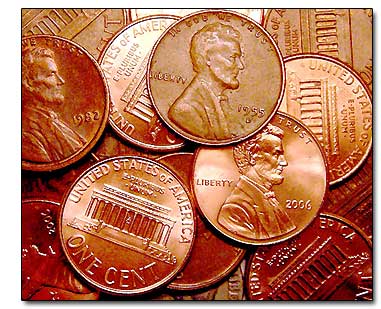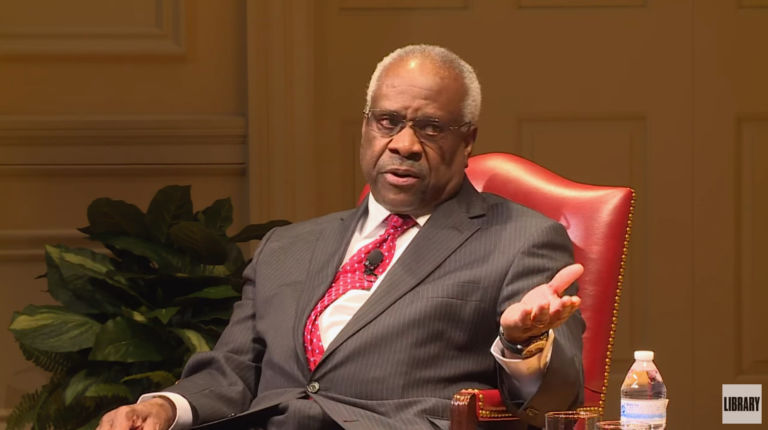 Longtime fans of CarolinaJournal.com might remember a 2006 conversation with Wake Forest University economist Robert Whaples about the future of the 1-cent coin. Nearly seven years later, the latest TIME magazine devotes four pages to the same topic, quoting Whaples in the process.
Longtime fans of CarolinaJournal.com might remember a 2006 conversation with Wake Forest University economist Robert Whaples about the future of the 1-cent coin. Nearly seven years later, the latest TIME magazine devotes four pages to the same topic, quoting Whaples in the process.
In his four-decade career, Raymond Lombra has done significant research on the Federal Reserve and U.S. monetary policy. But the Penn State University economist’s work on the penny seems to be the only thing people want to talk to him about.
In 1990, Lombra presented a study before the Senate Banking Committee analyzing what would happen to prices without the penny, a scenario that would force consumers to round up or down to the nearest nickel. The study was commissioned by Americans for Common Cents (ACC), a pro-penny lobbying group funded largely by Jarden. Lombra’s analysis of 10,000 retail transactions found that prices tended to be rounded up because many of them ended in a 9. Therefore, Lombra testified, the move would impose a “rounding tax” on consumers that could total as much as $1.5 billion (in 1990 dollars) over a five-year period.
Other experts dispute Lombra’s conclusions. A 2006 study of nearly 200,000 convenience-store transactions by Wake Forest University economist Robert Whaples found that customers did not pay more when prices were rounded to the nearest nickel. In fact, Whaples contends that getting rid of the penny could save $730 million per year by eliminating the time customers and cashiers deal with the coin in cash transactions.
At the time of Lombra’s report, the penny was still making a profit for the government through seigniorage, a funny word for the difference between the value of currency and its production cost. In 1990, it cost about 0.6¢ to make each penny, which meant the U.S. earned 0.4¢ in seigniorage. That profit disappeared in 2006, and penny production has been costing the government ever since.
This is partly due to higher metal costs. In 1982, zinc replaced more expensive copper as the primary metal in pennies. But zinc prices have risen over the years, all but negating the earlier cost savings.
These are among the reasons it is so difficult to find an economist who argues for keeping the penny — even Lombra, to whom Time was referred by the pro-penny camp.
“If somebody said to me, Is there a point at which it would be rational to get rid of the penny?” Lombra says. “Well, of course! If the benefits of getting rid of the penny are in the neighborhood of what the costs are, that’s sufficient.”


